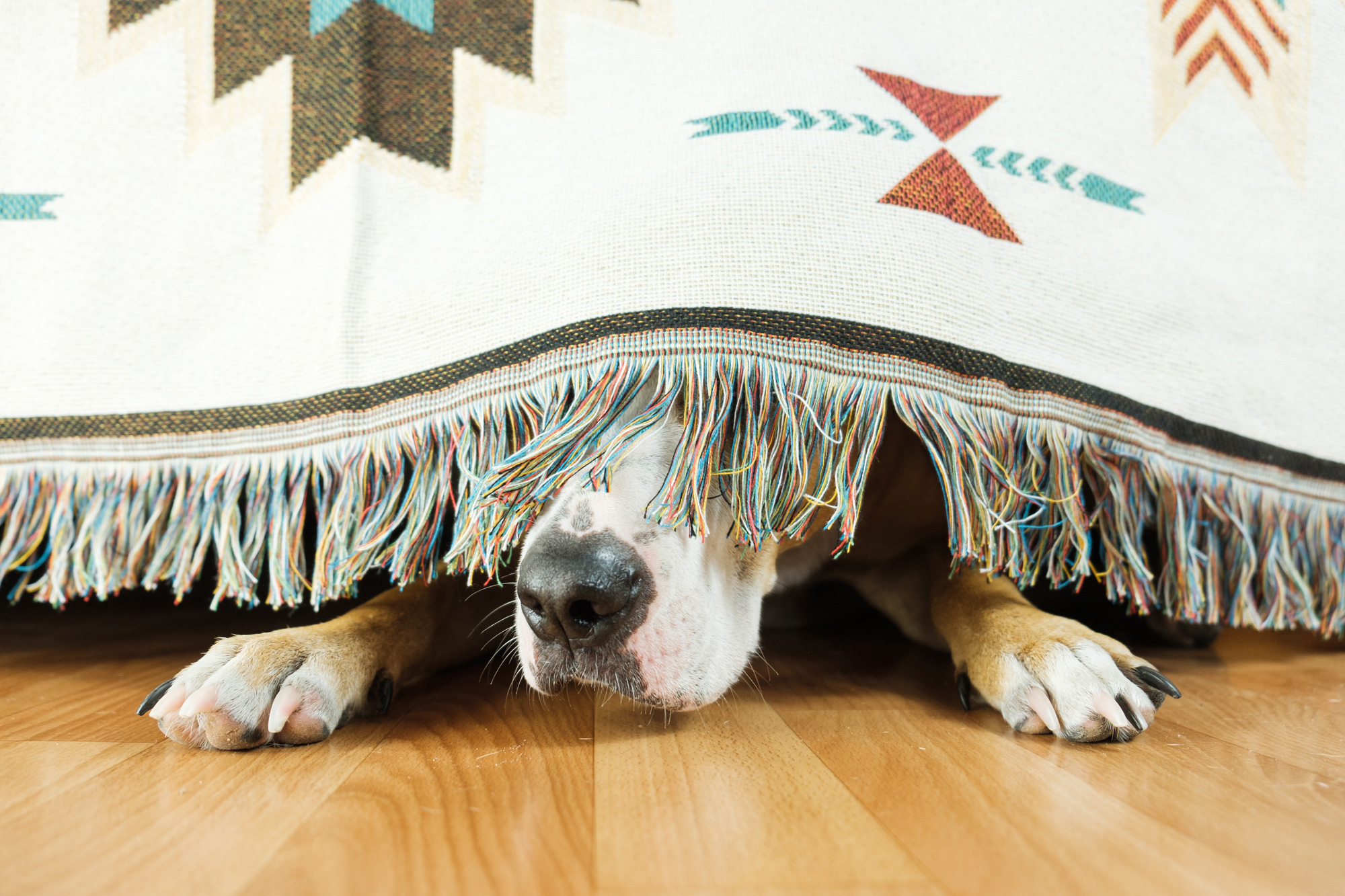
Insights into Proactively Tackling Self-Doubt, Fear and Anxiety
“I have to focus on my mental health.”
-Simone Biles
Simone Biles is the most decorated gymnast of all time. This week, she asked to be withdrawn from the Olympic team competition, saying, “I have to focus on my mental health.” The news has sent shock waves throughout the sports world and, because it happened on the world’s biggest stage, the Olympics, is drawing global attention. People are asking themselves, “How can Simone Biles lack self-confidence? She is the greatest of all time!”
This situation is an example of the impact that self-doubt, fear and anxiety can have on us all, at any time in our life. We don’t get to choose when we lose self-confidence or experience a drop in one or more aspects of our mindset, but we can tap into specific solutions in an effort to tackle these “dips” and turn things around. Let’s take a look at several important approaches to enhance our self-awareness, mindset and ability to perform when needed.

Step #1: Look Inside Yourself
“Mental health is real. It affects all of us.”
-Hannah Huesman
Jon Gordon, a professional coach and author whose primary focus is on maintaining a positive frame of mind, posted on Twitter about the Simone Biles situation. He shared that “…fear causes us to look outside, to the expectation, media, and results. The key is to look inside, to your soul [and] to the love you have of performing and remember that love casts out fear.”
Hannah Huesman, MS, CMPC, a mental performance professional, shared on Twitter that, “Mental performance is real. Mental health is real. It affects all of us. Some of us just happen to be on a bigger stage for everyone to see it. Still human.” Well said.
Dr. Brian Davidson, President and Founder of MindVue, an organization that measures and builds mindsets to proactively enhance mental wellness to optimize performance, believes that we all must focus on three areas: 1. Drive, 2. Willpower, and 3. Resilience. MindVue’s assessment provides individuals with a snapshot of their mindset in relation to other people at a given point in time across these three areas, which are broken down into 13 different dimensions. He tells those that he coaches, “When we are feeling internally motivated, disciplined, perseverant, and resilient – that is when we are at our best. Our mindset is our greatest asset, but we must make time to build it if we want to be at our best.” MindVue’s award-winning Learning Experience Platform provides personalized microlearning modules based on their assessment results to help build the right mindset skills at the right time for each person.
I’m a believer that everything starts with self-awareness. If we know more about our preferred method of communication and how we make decisions, we can relate better to others and vice versa. If we can share this specific information with those who serve as our coach, manager or mentor, those individuals are better able to help us in times of need, much like the situation in which Ms. Biles finds herself. Tools like our BEST2 Assessment™, Wiley’s DiSC, Birkman and MBTI all provide insights into who we are and what makes us tick, information extremely important to self-development, collaboration and teambuilding.

Step #2: Be Vulnerable – Ask for Help
“The only mistake you can make is not asking for help.”
-Sandeep Jauhar
People have mixed emotions about Simone Biles’ decision to step away from the competition. Some are saying she has let the team down, while others are lauding the decision and applauding her courage to speak out. Her situation is living proof that we cannot always control our mindset, and when fear, anxiety or a lack of resilience creeps in, it’s time to ask for help.
Anxiety is real and we all experience it at some form and level. Some of us have self-coping mechanisms, while others are fortunate enough to have coaches, specialists, or experts to work through specific anxieties we may be experiencing.
Ryan Reynolds, a professional actor, professes to have struggled his entire life with anxiety. In a 2018 interview with the New York Times, Reynolds shared, “I have anxiety. I’ve always had anxiety…Where there’s built-in expectation, your brain always processes that as danger.” He grew up in a stressful home environment and developed coping mechanisms he still uses today.
My son, Garrett, who is 18 and headed to college this summer, has lived with diagnosed anxiety and learning disabilities since he was in kindergarten. Over the past year, he has been working with an anxiety coach who is providing him with skills and information that he can use in his everyday life – with academics, athletics (he is playing college baseball) and personal interactions. We have seen marked improvement in his outlook and approach, and recognize that he may need such a coach his entire life.
At the end of the day, whether it is a life coach, professional coach, mentor, or accountability partner, find a person that you can go to when times are both good and tough. This person should “get you” and know how to interact with you so you can become grounded again and hit “reset” on your mindset and continue on a positive trajectory.

Step #3: Find Your Culture Fit
“Be who you are and say what you feel, because those who mind don’t matter and those who matter don’t mind.”
-Bernard Baruch
At the end of the day, we need to set ourselves up for success. A big step in the right direction is selecting the right environment where you can be “you”. You need to work for a manager who is in your corner and is willing to remove obstacles in your way, and for an organization who stands by you and your ideas and decisions, even during times of adversity. In essence, there needs to be a culture fit.
David Friedman, founder of High Performing Culture, states that, “Culture is the commonly-held set of values and principles that shows up in the everyday behavior of the people.” He believes that there is a way to create a high-performing culture based on “Fundamentals”, or behaviors that drive the organization to desired results.
Dabo Swinney, Clemson’s head football coach, sums up perseverance, mindset and culture this way: “No matter what’s behind us in the rearview mirror, it’s always about what’s next.” It’s crucial that you are grounded and are surrounded by the support you need to tackle what’s next, as an individual and with a cohesive, collaborative team.
